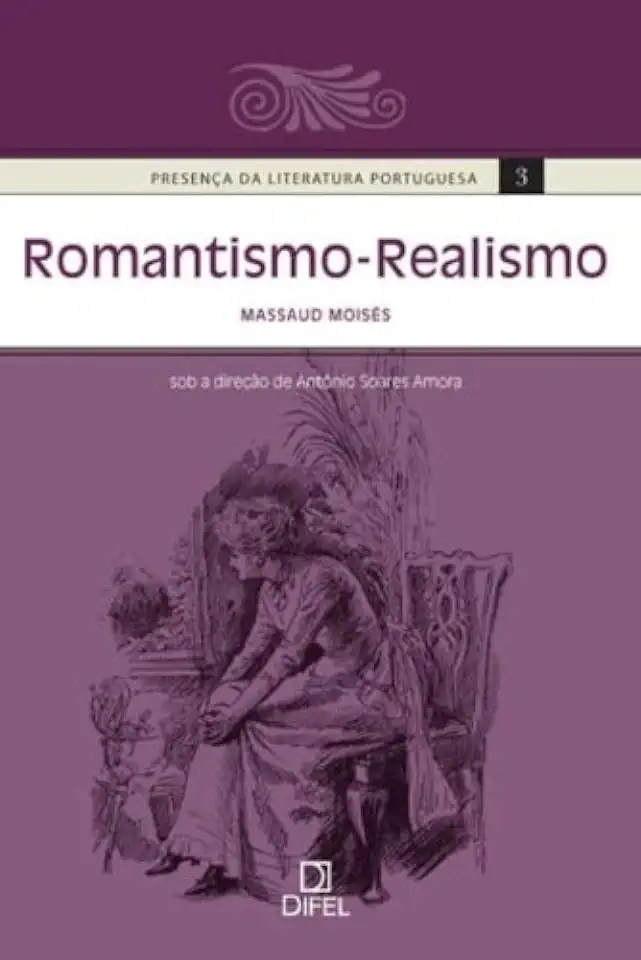
Romanticism Realism - Massaud Moisés
Romanticism and Realism: The Art of Contrasting Ideologies
Introduction
In the realm of literature, two distinct movements emerged during the 19th century, each shaping the literary landscape in profound ways. Romanticism and Realism, seemingly antithetical in their approaches, offered contrasting perspectives on the human experience, art, and society. This essay delves into the intricacies of these movements, exploring their key characteristics, influential figures, and lasting impact on literature.
Romanticism: A Celebration of Emotion and Imagination
Romanticism, a reaction against the rationalism and order of the Enlightenment, championed the power of emotion, imagination, and individualism. Romantics sought to capture the essence of human experience through subjective and personal expression. They found inspiration in nature, the supernatural, and the exotic, often depicting these elements in their works.
Key Characteristics of Romanticism:
- Emphasis on Emotion: Romantics believed that true art should evoke strong emotions, stirring the reader's heart and soul.
- Individualism: Romantics celebrated the uniqueness of each individual, highlighting personal experiences and perspectives.
- Imagination and Creativity: Imagination was paramount, allowing writers to transcend the boundaries of reality and explore the realms of the fantastic.
- Nature as a Source of Inspiration: Romantics found solace and inspiration in nature, viewing it as a reflection of the divine and a source of profound beauty.
Influential Romantic Figures:
- William Wordsworth: A leading figure of Romanticism, Wordsworth's poetry celebrated the beauty of nature and the power of ordinary human experiences.
- Samuel Taylor Coleridge: Coleridge's works, such as "The Rime of the Ancient Mariner," showcased his mastery of the supernatural and the power of imagination.
- Mary Shelley: Shelley's groundbreaking novel "Frankenstein" explored themes of creation, destruction, and the consequences of scientific hubris.
Realism: A Reflection of Social Reality
In contrast to Romanticism, Realism emerged as a reaction to the excesses of Romanticism and the social upheavals of the Industrial Revolution. Realists sought to depict life as it truly was, focusing on the everyday experiences of ordinary people and the harsh realities of society.
Key Characteristics of Realism:
- Objective Observation: Realists aimed to present life objectively, without embellishment or idealization.
- Social Commentary: Realism often served as a vehicle for social commentary, highlighting the struggles and injustices faced by the working class and marginalized communities.
- Detailed Description: Realists meticulously described the physical world, capturing the sights, sounds, and textures of everyday life.
- Psychological Depth: Realists explored the inner lives of their characters, delving into their motivations, desires, and psychological complexities.
Influential Realist Figures:
- Charles Dickens: Dickens' novels, such as "Oliver Twist" and "A Tale of Two Cities," exposed the harsh realities of Victorian society and championed social reform.
- Gustave Flaubert: Flaubert's masterpiece, "Madame Bovary," provided a scathing critique of provincial life and the pursuit of unattainable ideals.
- Leo Tolstoy: Tolstoy's epic novels, including "War and Peace" and "Anna Karenina," offered profound insights into human nature, society, and the search for meaning.
Romanticism vs. Realism: A Comparative Analysis
While Romanticism and Realism diverged in their approaches, they shared a common goal: to capture the essence of human experience and reflect the complexities of the world. However, their methods and perspectives differed significantly:
- Subject Matter: Romantics focused on the individual and the inner world of emotions and imagination, while Realists depicted the external world of social interactions and everyday life.
- Style: Romantics employed vivid imagery, symbolism, and heightened language, while Realists favored straightforward, objective language and detailed descriptions.
- Purpose: Romantics aimed to evoke emotional responses and inspire readers, while Realists sought to provide an accurate representation of society and promote social change.
The Enduring Legacy of Romanticism and Realism
Romanticism and Realism left an indelible mark on literature, shaping the course of literary history and influencing countless writers who followed. Their contrasting ideologies continue to resonate with readers, offering diverse perspectives on the human condition and the role of art in society.
In conclusion, Romanticism and Realism stand as two pillars of literary expression, each offering unique insights into the complexities of human experience. Whether you prefer the emotional intensity of Romanticism or the unflinching realism of Realism, both movements have stood the test of time, captivating readers with their enduring power to inspire, challenge, and reflect the ever-changing world around us.